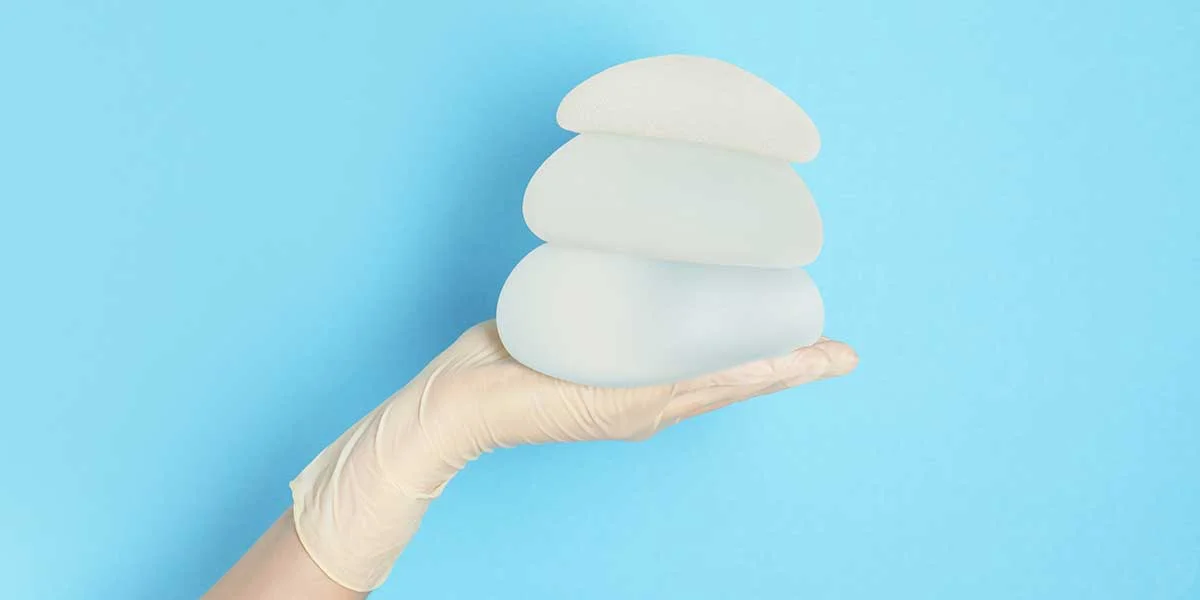Butt implant is a permanent cosmetic procedure performed in-office that adds volume to flat, square-shaped buttocks. A butt implant surgery will take several hours and has a long recovery. This surgery carries a high risk of complications.
What are Butt Implants?
Undergoing butt implantation will give your buttocks a rounder, shapelier look. This surgery consists of silicone implants being inserted into your butt muscle or below it. This may differ based on your plastic surgeon’s approach. Due to a variety of available implant types, you can choose from directional and non-directional implants:
Directional (or anatomical) implants: Shaped similar to a teardrop to provide more fullness along the mid-section of the buttocks.
Non-directional (or round) implants: Provide a uniform projection, creating fullness at both the top and mid-section of the buttocks.

Reasons for Getting Butt Implants
Buttock augmentations have the best results on those with stable weight who don’t have a lot of excess skin. Your plastic surgeon will consider these factors before making a recommendation for butt augmentation:
The size and shape of your butt
How much fat you have that may be used for alternative procedures
Your activity level and desired result
Skin quality, including elasticity
People usually seek out butt implant procedures because of things like:
Feeling that their rear end is too small for their frame
A butt that may look more “flat” or “square” than desired
A saggy rear end after losing weight or because of aging
Want their clothes to fit better
Looking to boost their self-esteem
How Does a Butt Implant Procedure Work?
After you are given anesthesia, your surgeon will cut to put in the implants. Based on your previous agreements, they may cut in the top of your upper buttocks, at the bottom, or between the cheeks. Then the implant will be put into or below the muscle on both sides of your buttocks.
Putting the implants inside your gluteus (butt) muscles lowers the risk of damage to your sciatic nerve. But it can also lead to neuropathic pain and problems with the muscles in your back and thigh. Implants placed below your gluteus muscle give you a more natural-looking shape.
Once your surgeon is satisfied with the way the butt implants look, they close the cuts with sutures or surgical tape. Your results are immediate, though there will probably be swelling in the area. The incisions made to insert the butt implants should fade over time.

What are the complications of butt implant surgery?
Butt implant surgery tends to have a high rate of complications, which may include:
- Blood buildup under your skin (hematoma)
- Chronic pain
- Fluid buildup under your skin (seroma)
- Incisions that separate
- Infection
- Permanent scarring
- Shifting of implants
- Skin discoloration
- Uneven appearance
- They might be in the wrong place (malposition)
- Permanent tightening of the muscles, tendons, or tissues around your implant (contracture)
- The implants might rupture or burst

Recovering from Butt Implants
Patients will experience some pain after getting butt implants. Your surgeon will give you some prescriptions to help you manage the discomfort. The surgery may require you to have surgical drains that need emptying several times a day. Patients will be required to wear compression garments after having butt implant surgery. You must avoid sitting or lying on your rear for at least 2 weeks after getting butt implants. You should also wait 48 hours before you take a shower, as well as not doing any heavy activity for 4 weeks. The full results of your butt implants should be visible after about 3 months.
Conclusion
In conclusion, butt implants are a popular cosmetic procedure that can enhance the size and shape of the buttocks. They offer a permanent solution for individuals seeking to improve their body contour and boost their self-confidence. However, like any surgical procedure, butt implants come with potential risks and complications, such as infection, implant displacement, and changes in skin sensation. Therefore, it's crucial to have a thorough consultation with a board-certified plastic surgeon who can provide personalized advice based on your body type, health status, and aesthetic goals.
Read more: